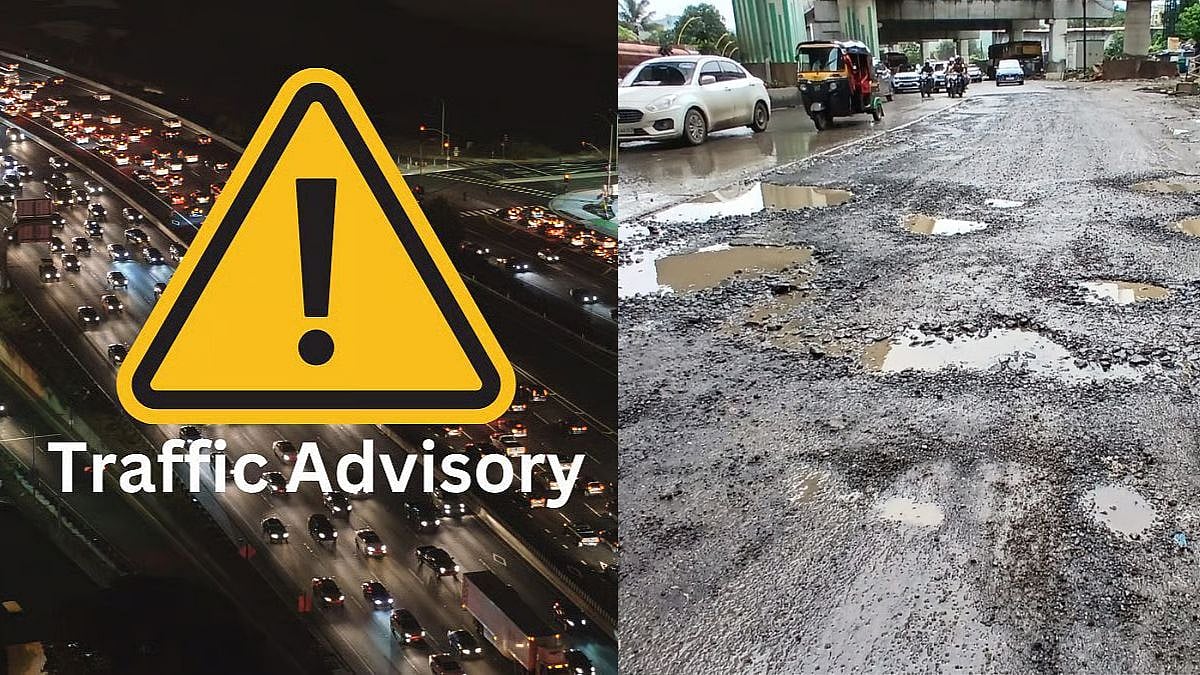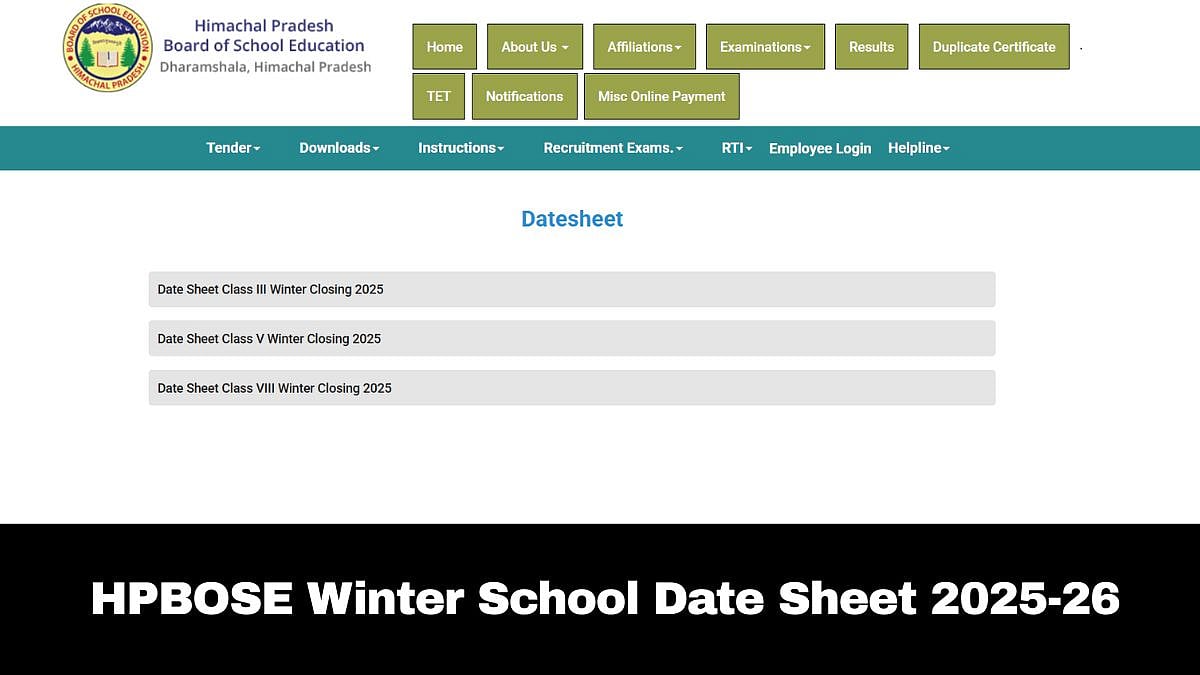Exactly a decade ago in October 2013 President Xi of China unveiled his ambitious the Belt and Road Initiative [BRI] while on a state visit to Kazakhstan. The idea was to enhance connectivity and thereby increase global trade through land and maritime routes. Not only this, China was to lead this huge global project by giving finance and technical know-how. A decade later, it is appropriate to look at the BRI and analyze its achievements. Such review and analysis has been done in many parts of the world.
What started as an effort to rebuild old Silk Road trade routes through Central Asia later evolved to reach every continent as well as the North and South poles. The ‘belt’ part was to revitalize a series of trading and infrastructure trade routes between Asia and Europe. Here connectivity through Central Asia was and is the key element of the entire project. Little later President Xi announced a sea trade routes called ‘road’. This maritime road is to connect China with Southeast Asia, Europe and Africa. In ‘road’, major focus was to build ports, bridges and supporting infrastructure throughout Southeast Asia and Indian Ocean. And obviously, massive funds would be needed for this.
The BRI has garnered immense attention and debate on the global stage thanks to its scale, scope and implications. Recently, the BRI has completed ten years. There are controversies galore surrounding its debt-trap diplomacy. The negative publicity apart, at the side-lines of the recently concluded G20 summit, India, Saudi Arabia, UAE, some European countries and the USA proposed a new project titled ‘India-Middle East Europe Economic corridor for the promotion of inter-regional economic growth.
Since the BRI was launched in 2013, China has hosted three BRI forum in 2017, 2019 and 2023. While sharing some crucial information at the 2023 Forum, China declared that more than 150 countries are part of the BRI and 3000 projects are under progress involving $ 1 trillion. Before we review a decade of the BRI, we must list a few necessary facts about this highly ambitious projects. Originally the initiative had six international Economic Corridors [ECs], the New Eurasia Land Bridge, China-Central Asia-West Asia EC, China-Mongolia-Russia EC, China-Indonesia Peninsula EC, China-Pakistan EC and Bangladesh-China-India-Myanmar EC. The BRI projects are affecting directly or indirectly all the major economies. This initiative has built power plants, road, railroads and ports around the world.
Right from the beginning the BRI attracted praise and criticism in equal major. While the African countries are very happy with this plan, USA and India has reservations. In case of India, it is the issue of sovereignty as the China-Pak-Economic-Corridor [CPEC] passes through Pak-Occupied Kashmir [PoK], something that will never be acceptable to India. US is charging China with ‘debt-trap’ diplomacy.
The world over, building even one infrastructure project is full of risk. Here China is talking about hundreds of such projects. No wonder it will win some and lose some. India’s objections were more than about sovereignty. Additionally, India raised concerns about sustainability of these projects and lack of transparency in financial dealings. Today, these concerns are being voiced globally with USA and EU joining in. The other side of the coin is that there is a huge infrastructure-deficit in many parts of the world, especially the Global South. For these parts, the BRI is a boon and China’s strong financial support is lauded by many countries of Africa.
If the poor countries willingly welcomed these initiatives, one must note the growing concerns in developed countries. This can be noticed by the reducing number of Heads of the states attending the BRI meetings. Italy, the only G- 7 country that had joined this project, is on the verge of saying goodbye to this when it comes up renewal in March next year. Analysis shows that Italy suffered a net loss as the trade deficit with China more than doubled since Italy joined in 2019. USA and UK were critics from the beginning. Similarly the situation on the CPEC front is not very rosy. Look at Pakistan. It is going through a difficult political and economic phase. Some analysts now argue that CPEC projects may in fact create long-term problems for Pakistan.
The most powerful argument against the BRI is about ‘debt-trap’. The Chinese development banks offer loans for these project to developing countries. Unfortunately some governments have not been able to pay back. And when the default comes, China moves in to take over the assets. An oft-cited example is of Sri Lanka and its Hambantota port. Sri Lanka had to lease this to a Chinese company for 99 years! Then there is a huge issue of impact on the environment. Since severe criticism, now China has accepted not to build coal power plants overseas. There is a study conducted in 2021 by a US research body, found that 35% of BRI infrastructure projects have been plagued by controversies such as corruption, excessive debt and bad labour relations.
Most serious allegation is about the debt trap. Some Western critics have been warning about the BRI’s capital allocation model with loan interest rates of up to 7 to 10%. And when a country cannot pay off the loan, the asset has to be handed over to China, a la Sri Lanka’s port Hambantota. Of course, this is a highly debatable issue with powerful arguments on both the sides. Whether one supports the BRI or runs it down, it must be mentioned that it is here to stay.









